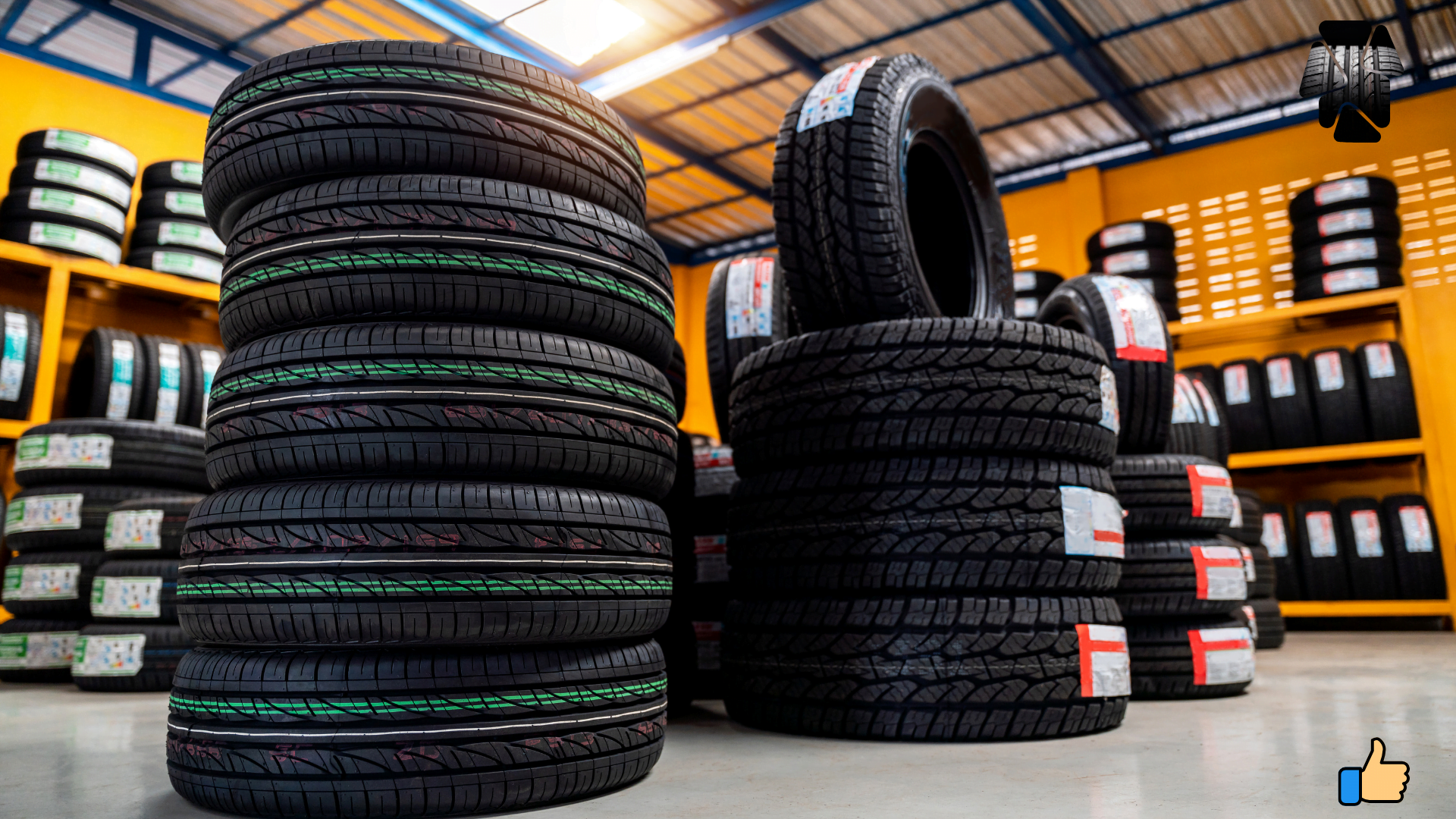Choosing the right tires for your vehicle is crucial for ensuring optimal performance, safety, and comfort on the road. Whether you’re looking to replace old tires or upgrade for better performance, understanding how to choose tires can make all the difference. In this guide, we’ll walk you through the essential factors to consider when selecting the perfect tires for your car.
Why Choosing the Right Tires Matters
The right tires affect your car’s handling, fuel efficiency, braking distance, and overall driving experience. Tires are the only part of your vehicle that touches the ground, making them critical for safety. Improper tire selection can lead to poor vehicle performance, decreased fuel efficiency, and even accidents.
Key Factors in Choosing Tires for Your Vehicle
1. Understand Tire Size
When learning how to choose tires, the first thing to understand is tire size. Tire size is written on the sidewall of your tire and is usually in a format like this: 225/65R17. Here’s what these numbers mean:


- 225 – Tire width in millimeters.
- 65 – Aspect ratio (height of the tire’s sidewall as a percentage of the width).
- R – Radial construction (the most common type of tire).
- 17 – The wheel diameter in inches.
It’s essential to choose tires that match your vehicle’s size specifications. You can find these specs in your owner’s manual or inside the driver’s door.
Pro Tip: Sticking to the manufacturer’s recommended tire size ensures optimal performance and safety.
2. Consider Your Driving Conditions
Where and how you drive significantly affects which tires you should choose. Here are the main types of driving conditions and the ideal tire types for each:


- All-Season Tires: Perfect for general driving in moderate climates. They offer a balance of performance, comfort, and durability.
- Winter Tires: Designed for extreme cold, snow, and icy conditions. These tires have deep treads and are made of special rubber that remains soft in freezing temperatures.
- Performance Tires: Suitable for sporty vehicles and high-speed driving. These tires offer better handling and grip but may wear out faster.
- Off-Road Tires: Ideal for SUVs or trucks used in off-road conditions. They have more aggressive tread patterns to handle mud, gravel, and rough terrain.
3. Tread Pattern and Traction
Tread patterns determine how tires interact with road surfaces, affecting grip, noise, and water displacement.


- Symmetrical Tread: Offers smooth and quiet driving. Ideal for long-lasting performance and fuel efficiency.
- Directional Tread: Designed for high-speed performance and water displacement. These are great for wet conditions but must be rotated carefully.
- Asymmetrical Tread: These provide excellent grip in various conditions and are often found on performance tires.
For those in rainy areas, look for tires with good wet traction ratings to prevent hydroplaning.
4. Tire Durability and Mileage
Tire durability is measured by the treadwear rating. A higher treadwear number means the tire should last longer. If you drive a lot, especially on highways, you’ll want tires with a higher mileage warranty.
- Treadwear Rating: Tires with a rating of 300, for example, might last twice as long as those with a rating of 150.
- UTQG (Uniform Tire Quality Grading): This system rates tires for treadwear, traction, and temperature resistance.
5. Fuel Efficiency
Certain tires are designed to reduce rolling resistance, which helps improve fuel economy. Low rolling resistance tires are beneficial if you drive long distances or are looking to save on fuel costs.
- Look for tires labeled with “Eco” or “Fuel Efficient” if this is a priority for you.
6. Ride Comfort and Noise
Tires significantly impact the comfort of your ride. If you want a quiet and smooth ride, opt for touring tires. These are typically designed with comfort in mind, reducing road noise and absorbing bumps.


- Noise Ratings: Some tires are labeled with noise reduction technology. Pay attention to this if you want a quieter ride, especially on highways.
7. Budget and Cost
Tires come in various price ranges, and while it might be tempting to choose the cheapest option, consider the long-term benefits of investing in high-quality tires. Premium tires often last longer, offer better performance, and enhance safety.
- Budget Tires: Great for short-term or minimal driving but may wear out quicker.
- Mid-Range Tires: Balanced in terms of price and performance, ideal for daily commuting.
- Premium Tires: Offer the best performance, safety, and longevity but come with a higher price tag.
Additional Tips for Choosing the Right Tires
1. Seasonal Considerations
If you live in an area with extreme weather changes, consider getting separate sets of tires for summer and winter. While all-season tires are convenient, they may not perform as well in extreme conditions as specialized seasonal tires.
2. Tire Brand and Reviews


When choosing tires, it’s a good idea to research various brands and read reviews. Well-known brands like Michelin, Goodyear, and Bridgestone often have excellent customer satisfaction, while lesser-known brands may offer good budget options.
- Online Reviews: Check online reviews from trusted sources to see how different tire models perform under various conditions.
3. Consult a Professional
If you’re unsure about which tires are right for your vehicle, consult a tire professional. They can offer expert advice based on your driving habits, climate, and vehicle type.
How to Maintain Your Tires
Once you’ve chosen the right tires, proper maintenance is key to extending their lifespan and ensuring safety:


- Check Tire Pressure Regularly: Under-inflated or over-inflated tires can lead to uneven wear and affect fuel efficiency.
- Rotate Tires: Rotating your tires every 5,000 to 7,500 miles helps ensure even wear.
- Check Alignment: If your vehicle pulls to one side, it may be time for a wheel alignment, which helps your tires wear evenly.
- Inspect Tread Depth: Use the penny test or a tread depth gauge to make sure your tires have enough tread for safe driving.
Conclusion: How to Choose Tires for Your Vehicle
Knowing how to choose the right tires for your vehicle involves understanding tire size, your driving conditions, tread pattern, durability, fuel efficiency, and your budget. By considering these factors, you can select the perfect tires that provide comfort, safety, and performance for your specific driving needs.
Take your time to research tire options and, when in doubt, consult a professional for advice. The right tires not only enhance your driving experience but also ensure your safety on the road.
FAQs
1. How often should I replace my tires?
Tires should be replaced every 6 years or sooner, depending on wear. Regular inspections will help you determine when they are due for a change.
2. Can I mix tire brands on my vehicle?
It’s generally recommended to stick with the same brand and model of tires on all four wheels for consistent performance.
3. What is the best tire pressure for my vehicle?
You can find the recommended tire pressure for your vehicle in the owner’s manual or on a sticker inside the driver’s door.


